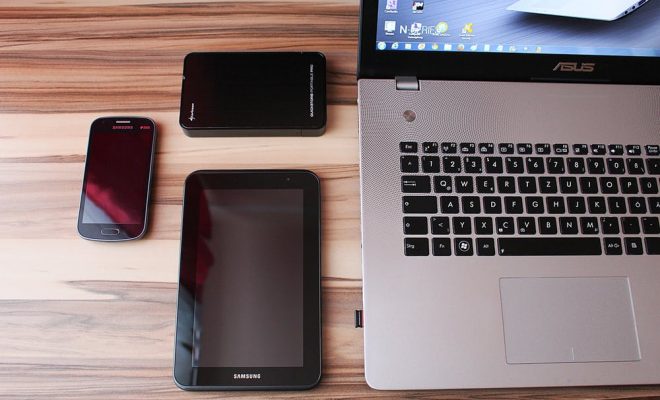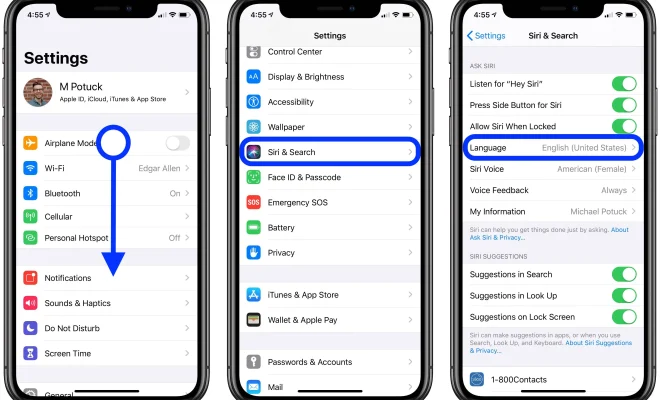What You Need to Know About the “Kill Switch Law”

The concept of a “kill switch” for smartphones has been a topic of debate for years. Essentially, it’s a feature that allows someone to remotely wipe or disable a stolen phone, rendering it useless. In recent years, lawmakers have taken action to require that all smartphones sold in their states have a “kill switch” feature. This is known as the “Kill Switch Law.”
The first state to pass such a law was California in 2014. Since then, a number of other states have followed suit, including Illinois, Minnesota, New York, Rhode Island, and more. The intention behind the law is to deter smartphone theft, which has become a growing problem in recent years. By making it more difficult for thieves to sell or use stolen smartphones, the hope is that the number of thefts will decrease overall.
So what do you need to know about the “kill switch” law? Here are a few key points:
– The law applies to all smartphones sold in the state, regardless of where they were manufactured. This means that companies like Apple and Samsung have to include the “kill switch” feature on all their phones sold in California, for example.
– The “kill switch” feature can take different forms, depending on the manufacturer. For example, Apple’s version of the feature is called “Find my iPhone,” while Samsung’s is called “Find my Mobile.” The important thing is that there is some way for the user to remotely wipe or disable their phone if it is lost or stolen.
– While the law requires that the “kill switch” feature be included on smartphones, it does not require that users use it. If you don’t want to use the feature, you don’t have to.
– The “kill switch” feature can be a double-edged sword. While it can be useful for preventing theft, it can also be used by authorities to remotely disable phones in certain situations. For example, if a suspect in a crime is believed to be using a particular phone, law enforcement could potentially use the “kill switch” feature to disable that phone. Some have raised concerns about the potential for abuse of this power.
– The law does not apply to all types of phones. For example, it doesn’t apply to flip phones or other non-smartphone devices.






